 This post is for the fortunate folks who may possibly exceed the often-quoted $500,000 limits for SIPC insurance ($250,000 for cash). The way this insurance works wasn’t necessarily obvious to me, and although it is often compared to the FDIC insurance of banks, there are many important differences.
This post is for the fortunate folks who may possibly exceed the often-quoted $500,000 limits for SIPC insurance ($250,000 for cash). The way this insurance works wasn’t necessarily obvious to me, and although it is often compared to the FDIC insurance of banks, there are many important differences.
The Securities Investor Protection Corporation (SIPC) is a federally-mandated and member-funded organization that provides insurance to customers against the insolvency of broker-dealers. If needed, the SIPC can borrow from the US Treasury to meet its obligations. All broker-dealers are required to be members, including Vanguard (brokerage accounts, not mutual fund-only accounts), Fidelity, Schwab, TD Ameritrade, E-Trade, TradeKing, Robinhood, Betterment, Wealthfront, and so on.
Your assets, for examples shares of Apple stock or an S&P 500 mutual fund, are required by federal law to be held separately from the broker’s assets at all times. Broker-dealers are subject internal and external audits, surprise regulatory examinations, and weekly and monthly reporting requirements. Thus, in the vast majority of cases, there are no missing securities and the primary role of the SIPC is to oversee the transition of assets from the failed brokerage firm to another solvent firm. If there are missing assets, then the SIPC will cover of up $500,000 of missing assets ($250,000 maximum for missing cash), per legal entity.
What is a separate legal entity? Per Wealthfront:
The following would qualify as separate legal entities, each subject to the $500,000 limit: your individual account, your trust, your IRA, your spouse’s individual account, trust and IRA, your joint account, as well as a custodial account for a child. Two IRA accounts held by the same client would be considered one legal entity and thus are combined for purposes of insurance coverage. The same combination occurs when a single client holds two individual taxable accounts.
Another way is to simply hold your assets at two different broker-dealers. If you had an individual taxable account at TD Ameritrade and another at Fidelity, that would be two accounts with $500,000 at each.
How often has SIPC insurance actually been exceeded? Only in less than 0.1% of claims. Here are some stats from a Betterment article based on the SIPC 2014 annual report [pdf]:
Since the inception of SIPC in 1971, fewer than 1% of all SIPC member broker-dealers have been subject to a SIPC insolvency proceeding. During those proceedings, 99% of total assets distributed to investors came directly from the insolvent broker-dealer’s assets, and not from SIPC. Of all the claims ever filed (625,200), less than one-tenth of a percent (352) exceeded the limit of coverage.
Example of meeting and/or exceeding SIPC limits. So for example, you could have $2 million of non-cash assets at a failed firm in a single taxable account. If 75% of assets are recovered from the failed firm, you get $1.5 million back from the firm and $500,000 from the SIPC. If only 50% of the assets are recovered, that’s $1 million back from the firm, $500,000 from SIPC, and you’d be out $500,000 unless there are additional recoveries in the future.
Again, a recovery rate as low as 50% is highly unlikely based on historical failures. Per the SIPC annual report, the average recovery rate for insolvencies is 99%. Most examples that I’ve seen use a 90% recovery rate as a conservative example.
However, if you altered the scenario above to have your $2 million separated in to $500,000 in your individual taxable account, $500,000 in your spouse’s individual taxable account, and $1,000,000 in a joint taxable account, then even in that unlikely 50% recovery rate you’d be made whole.
Situations covered by SIPC insurance
- Brokerage firm insolvency or bankruptcy.
- Unauthorized trading. SIPC covers securities may have been “lost, improperly hypothecated, misappropriated, never purchased, or even stolen” by the broker-dealer.
Situations NOT covered by SIPC insurance
- Market price drops. Fluctuations in the market value of your investments are not covered. In the event of a claim, you will receive the value of the securities held by the broker-dealer as of the time that a SIPC trustee is appointed.
- Claims in excess of insurance limits. See above.
- Certain investment types are not covered. As summarized by FINRA:
Not all investments are protected by SIPC. In general, SIPC covers notes, stocks, bonds, mutual fund and other investment company shares, and other registered securities. It does not cover instruments such as unregistered investment contracts, unregistered limited partnerships, fixed annuity contracts, currency, and interests in gold, silver, or other commodity futures contracts or commodity options.
- Certain other types of fraud. For example, if a scam artist tricked you into buying a penny stock which is now worthless, that is not connected to an insolvency by the broker-dealer, and is thus not covered by SIPC insurance.
Excess of SIPC Insurance. Many brokerage firms pay for optional, additional insurance on the private market for their clients called “excess of SIPC” insurance in the unlikely situation where a client may exceed SIPC insurance limits. You should contact your brokerage firm or look through their boring annual notices.
For example, I have the majority of my assets held in a new “merged” account at Vanguard Brokerage Services. Looking through their VBS semi-annual notice, you can find the following:
VMC [Vanguard Marketing Corporation] has secured additional coverage for your account, which applies in excess of SIPC, through certain insurers at Lloyd’s of London and London Company Insurer(s) for eligible customers with an aggregate limit of $250 million, incorporating a customer limit of $49.5 million for securities and $1.75 million for cash.
Note the total aggregate limit of $250 million, though. Last time I checked Vanguard mutual funds had over $3 trillion in assets under management. $250 million divided by $3 trillion is only 0.01%. Of course, most of those assets are not held in Vanguard Brokerage Services (but in institutional funds and other mutual fund accounts outside of VBS). Still, $250 million across all of their accounts doesn’t seem like very much. A few big fish with $50 million accounts and most of that would already be used up.
Additional ways to reduce your risk. The basic idea here is that the only way you’ll lose a big amount of money is a spectacular failure. In the past, the brokerage firms that have had spectacular failures have shared a few common traits – bad behavior. Don’t do anything that would foster such bad behavior.
- Don’t hold your money at a firm that does proprietary trading. If a broker-dealer trades with their own money, there is a greater chance a bad trade will bankrupt them. Also, there may be a greater temptation to “borrow” some client funds to cover any unexpected cashflow needs.
- Don’t use margin accounts, stick with cash accounts. In a margin account, technically your broker is often allowed to “borrow” your securities for their own purposes (usually loaning it to other broker-dealers). In a cash account, there is no such permission given. This is a bit extreme in my opinion, but perhaps something to consider.
- Don’t invest in exotic, non-transparent strategies. If your brokerage firm only sells plain vanilla investments, it is much harder to hide any shady business. Mutual funds and ETFs are highly regulated by the SEC. Hedge funds are not nearly as closely-regulated.
- Keep good records. You should keep copies of trade confirmations. You should keep copies of your latest monthly or quarterly statement of account from your brokerage firm. A trustee may ask you to supply copies of these documents in the case of erroneous statements or trades.
My two cents. Purely my opinion, but this is how I see it:
- Keeping your accounts to each stay under the $500,000 limit (and not hold cash in excess of $250,000) is the only way to know that you’ll be 100% covered in the cases listed above. Just because something hasn’t happened in the past, doesn’t mean it won’t happen. Unlikely is not impossible.
- If your account has between $500,000 and $5,000,000 in it, and you’re holding traditional mutual fund or ETFs inside, you’d need a bankrupt firm with less than a 90% recovery rate to lose any money (possibly much less). That is admittedly quite rare. You will have to weigh the risk against the added hassle of splitting your accounts by either institution or legal entity.
- If you have more than $5,000,000 at a single account type at one broker-dealer, I think it starts to definitely become worth the extra effort to split your assets by either institution or legal entity. The risk may be small, but the potential losses are big. If you have this much, why mess around?
- I wouldn’t put too much faith into excess SIPC insurance. They usually come with an aggregate limit and you have no idea how close the firm’s current assets are to exceeding that value. The amount of protection you’d receive is not under your control.
 High-deductible health plans are still growing in popularity. While these can be a great way to save on your monthly premiums, it also means that when you do have to visit the emergency room, you get to tackle nearly the entire bill instead of a small co-pay. The problem is that most medical bills cannot be understood by mere mortals. Likely, the doctors and nurses themselves have no clue how that $6,344 bill for a broken arm got generated.
High-deductible health plans are still growing in popularity. While these can be a great way to save on your monthly premiums, it also means that when you do have to visit the emergency room, you get to tackle nearly the entire bill instead of a small co-pay. The problem is that most medical bills cannot be understood by mere mortals. Likely, the doctors and nurses themselves have no clue how that $6,344 bill for a broken arm got generated.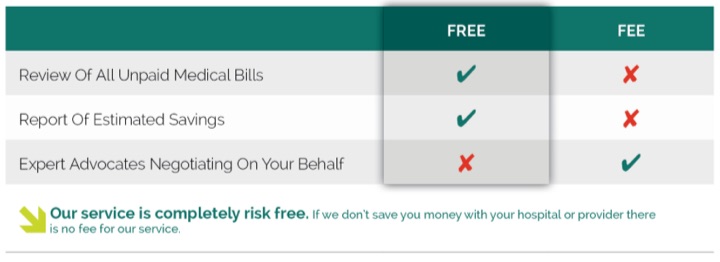
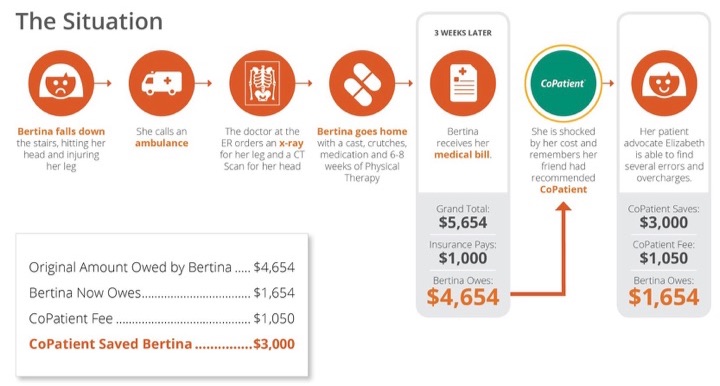
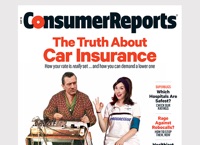 Consumer Reports (CR) has released a multi-part
Consumer Reports (CR) has released a multi-part 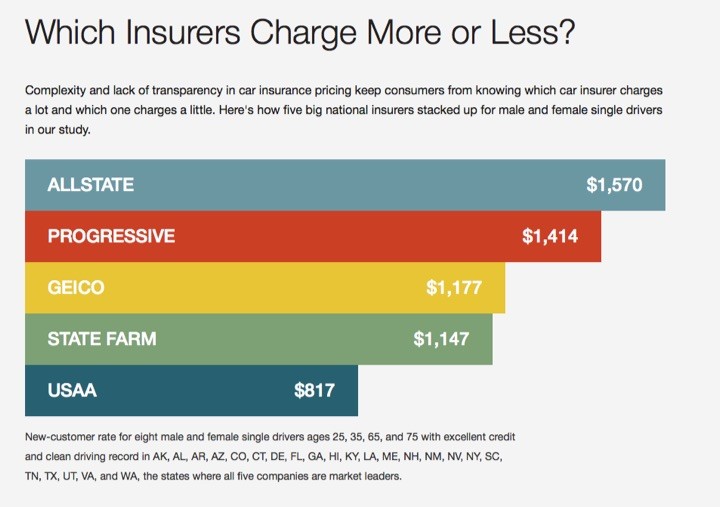
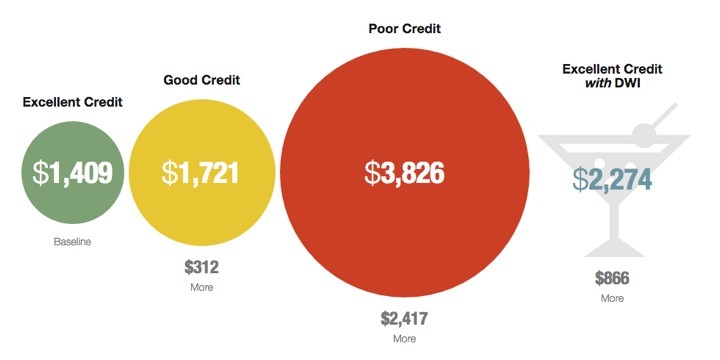
 I would say that the insurance with the highest ratio of most-needed to least-bought would be long-term disability insurance. According to the Social Security Administration, just over 1 in 4 of today’s 20-year-olds will be become disabled at some point before reaching 67. According to a Harvard study, lost income due to illness was a contributor in 40.3% of all personal bankruptcies in the US. Here is a chart that shows the average duration of disability claims lasting more than 90 days, measured from the start of disability to (at most) age 65.
I would say that the insurance with the highest ratio of most-needed to least-bought would be long-term disability insurance. According to the Social Security Administration, just over 1 in 4 of today’s 20-year-olds will be become disabled at some point before reaching 67. According to a Harvard study, lost income due to illness was a contributor in 40.3% of all personal bankruptcies in the US. Here is a chart that shows the average duration of disability claims lasting more than 90 days, measured from the start of disability to (at most) age 65. 
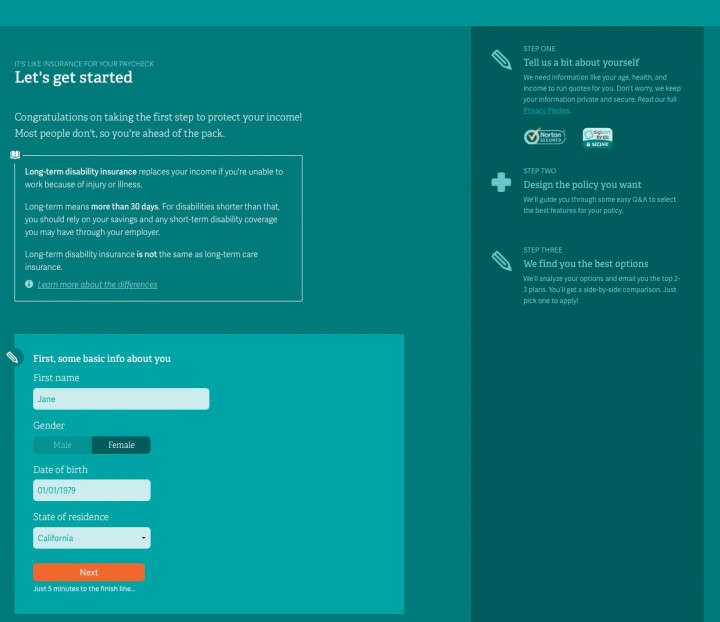
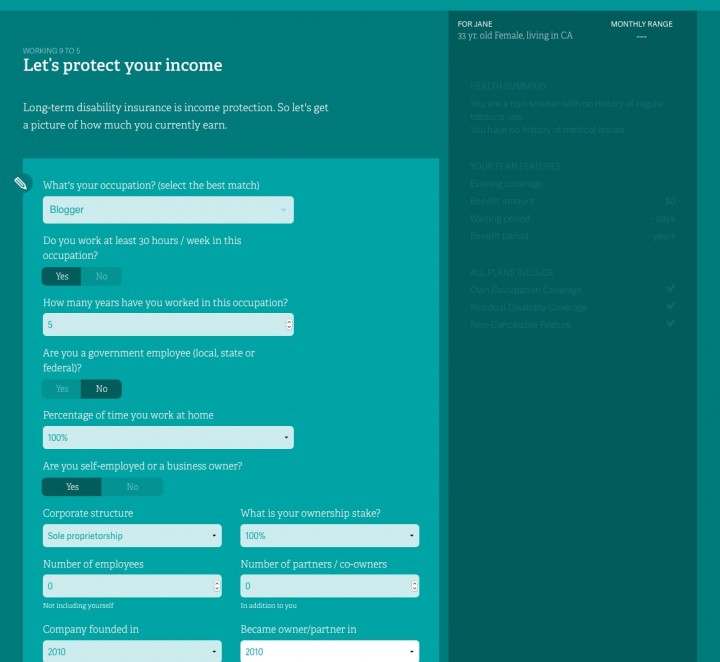
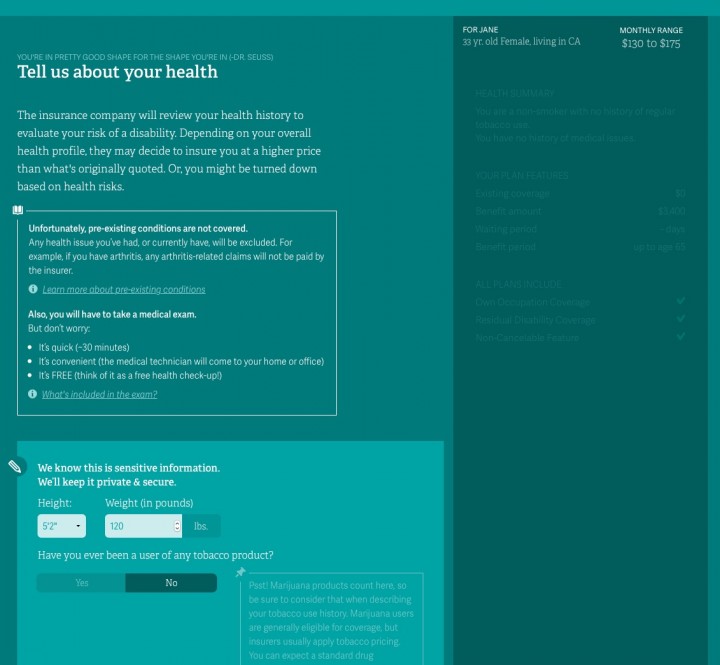
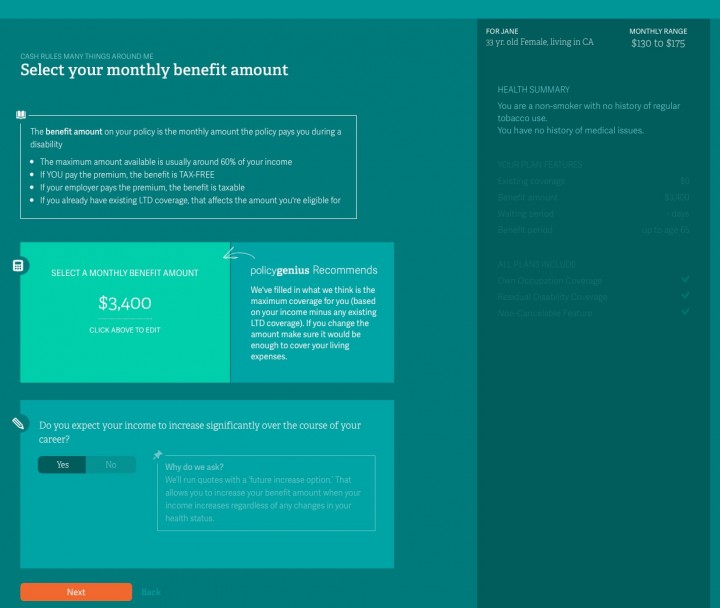
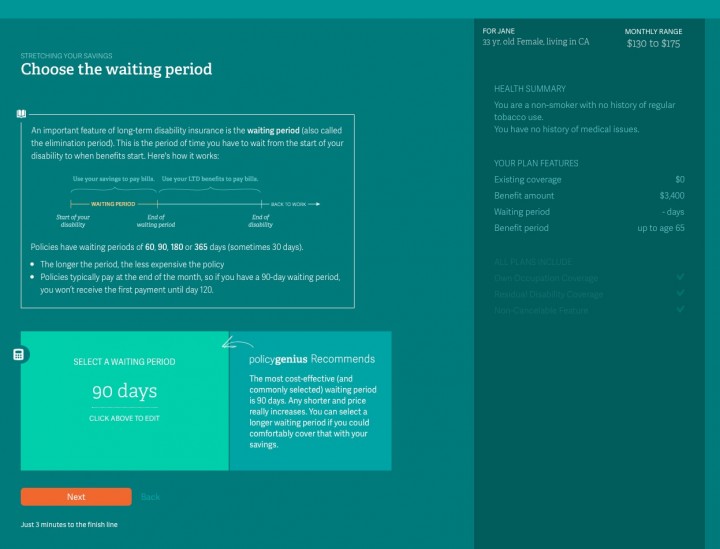
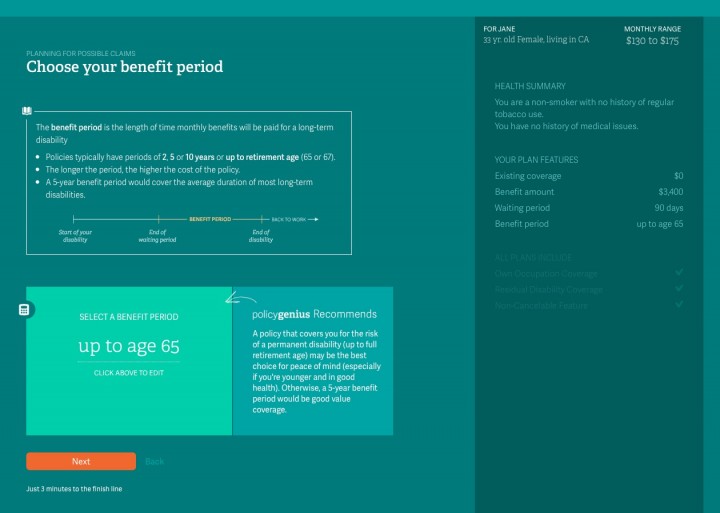
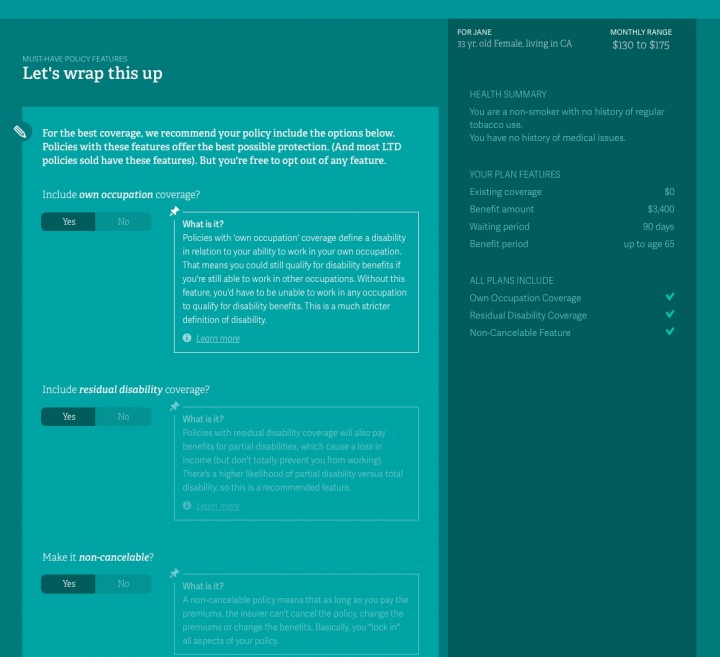
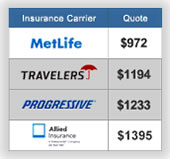 One of the few benefits of getting older is that my car insurance premiums are much lower today than in my 20s. But is that low rate caused by insurance companies knowing that I recently switched high-speed internet and refinanced my mortgage twice? Via drawpoker of
One of the few benefits of getting older is that my car insurance premiums are much lower today than in my 20s. But is that low rate caused by insurance companies knowing that I recently switched high-speed internet and refinanced my mortgage twice? Via drawpoker of 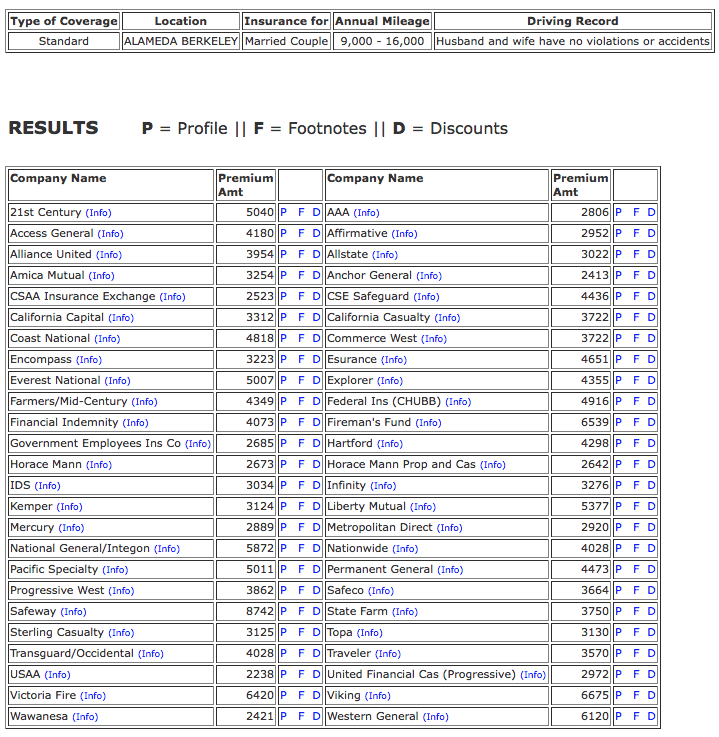
 The
The  I have a couple of accounts at Fidelity Investments (solo 401k and taxable brokerage), and recently they sent me letter about a new service.
I have a couple of accounts at Fidelity Investments (solo 401k and taxable brokerage), and recently they sent me letter about a new service. 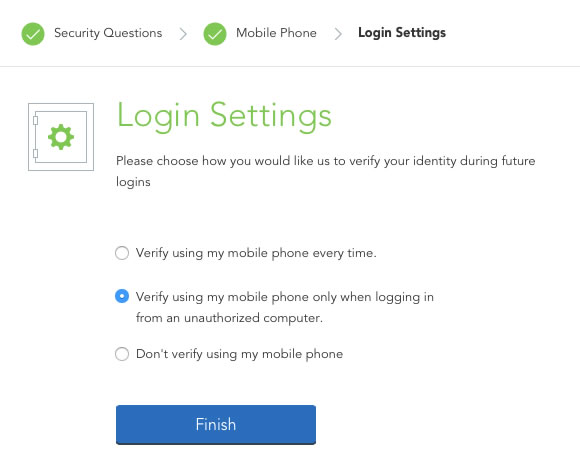
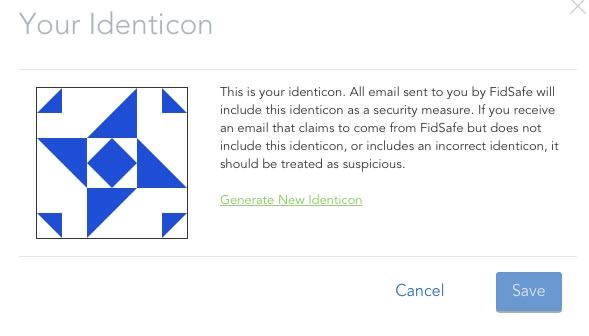
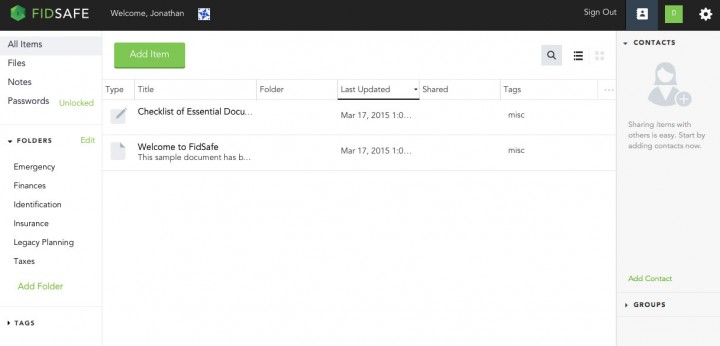
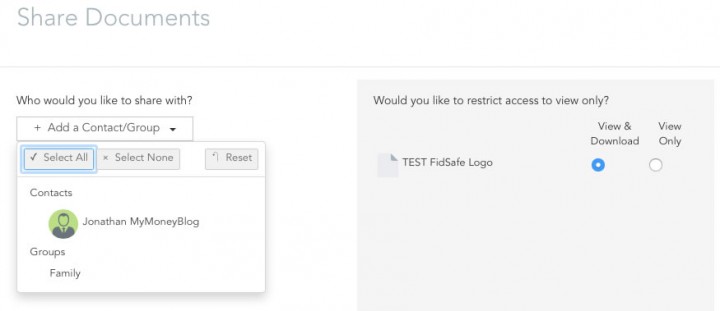
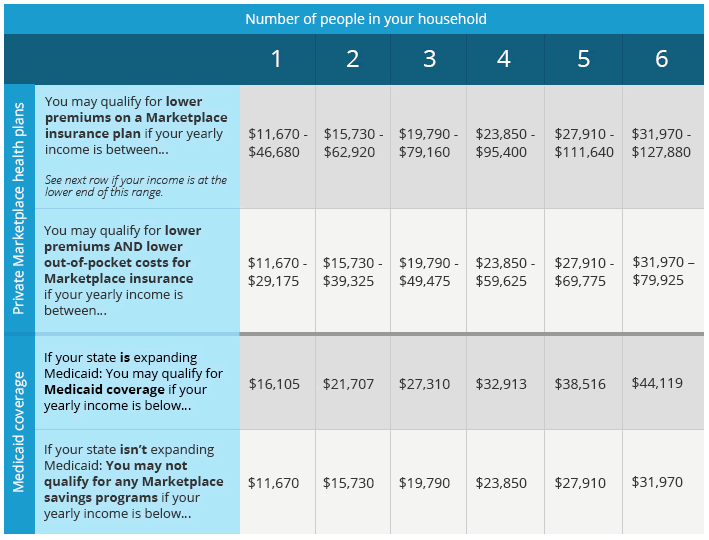
 In order to extend her maternity leave, my wife is taking an unpaid leave-of-absence from her job. Since this means we will lose her employer-paid health insurance and our child has an issue that requires regular doctor visits at this time, we knew that we would have to sign up for COBRA benefits. Our employer-paid coverage ended 9/30. Somehow due to an administrative mishap, we did not get the paperwork until the third week of October, by which we already had four different (expensive!) doctor visits.
In order to extend her maternity leave, my wife is taking an unpaid leave-of-absence from her job. Since this means we will lose her employer-paid health insurance and our child has an issue that requires regular doctor visits at this time, we knew that we would have to sign up for COBRA benefits. Our employer-paid coverage ended 9/30. Somehow due to an administrative mishap, we did not get the paperwork until the third week of October, by which we already had four different (expensive!) doctor visits. 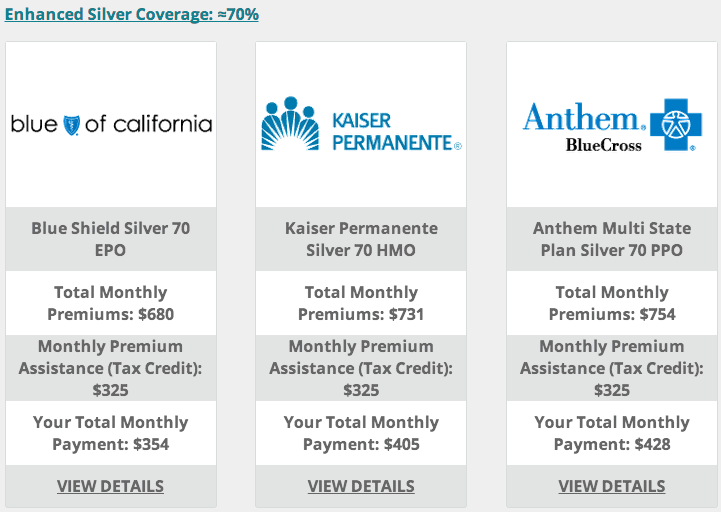
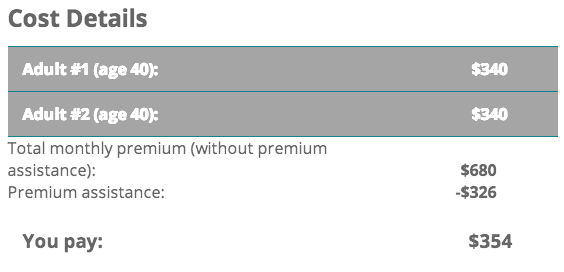
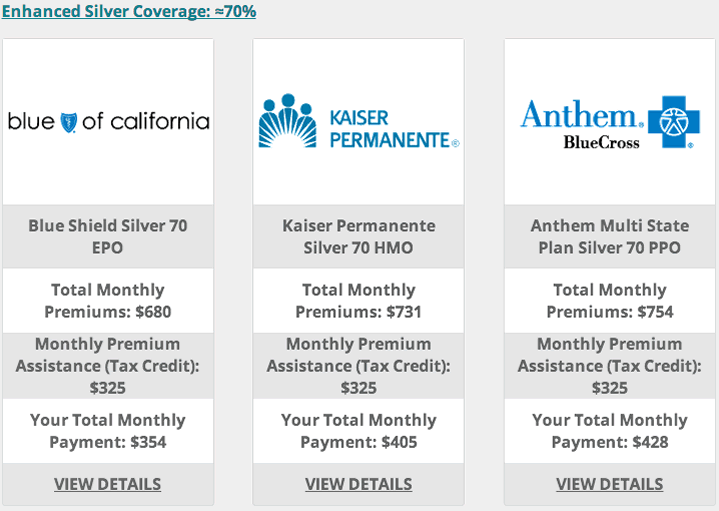
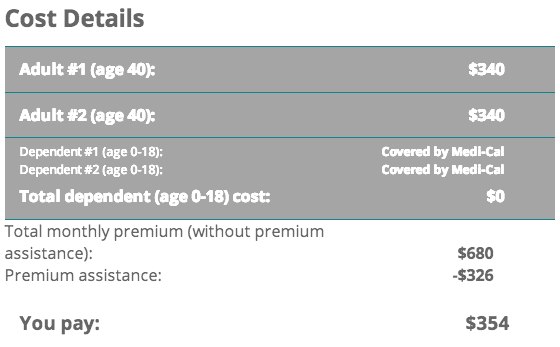
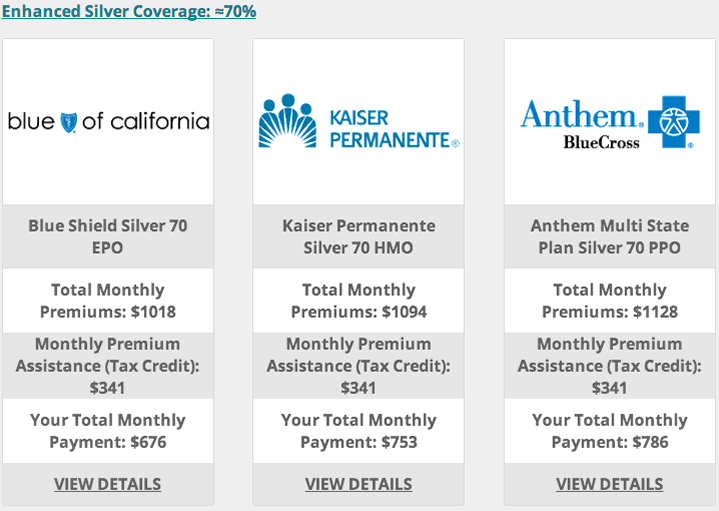
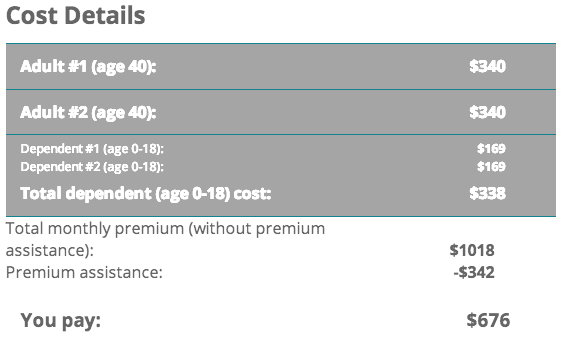
 The Best Credit Card Bonus Offers – 2025
The Best Credit Card Bonus Offers – 2025 Big List of Free Stocks from Brokerage Apps
Big List of Free Stocks from Brokerage Apps Best Interest Rates on Cash - 2025
Best Interest Rates on Cash - 2025 Free Credit Scores x 3 + Free Credit Monitoring
Free Credit Scores x 3 + Free Credit Monitoring Best No Fee 0% APR Balance Transfer Offers
Best No Fee 0% APR Balance Transfer Offers Little-Known Cellular Data Plans That Can Save Big Money
Little-Known Cellular Data Plans That Can Save Big Money How To Haggle Your Cable or Direct TV Bill
How To Haggle Your Cable or Direct TV Bill Big List of Free Consumer Data Reports (Credit, Rent, Work)
Big List of Free Consumer Data Reports (Credit, Rent, Work)